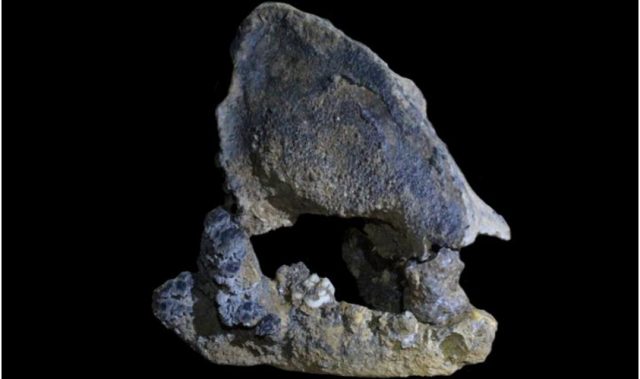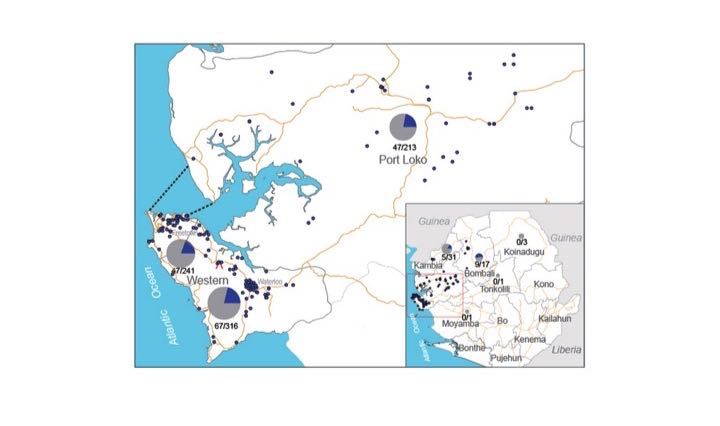
AsianScientist (Jul 31, 2014) – A comprehensive genetic survey of pandas kept in captivity shows that breeding programs have achieved a high level of genetic diversity. This study has been published in the journal Molecular Biology and Evolution.
Worldwide conservation efforts have made great strides in saving China’s endangered national treasure, the giant panda. Now, in China, there are over 65 giant panda reserves that have been established and three large breeding centers. But despite these efforts, just 1596 pandas remain in the wild.
Breeding programs in conservation centers and zoos hope to save the panda by improving genetic diversity, avoid inbreeding and ultimately, introduce pandas back to the wild. Just how are these high-profile programs doing so far?
A research team led by Dr. Wei Fuwen from the Key Laboratory of Animal Ecology and Conservation Biology, Institute of Zoology, Chinese Academy of Sciences, has performed the most comprehensive genetic survey so far. They evaluated the diversity of 240 captive giant pandas from four Chinese breeding centers located in Wolong, Chengdu, Louguantai, and Beijing. Animals from the Beijing zoo accounted for 64 percent of the 341 pandas kept in captivity.
In good news for the breeding centers, high levels of genetic diversity and low levels of inbreeding were found in the captive populations, which indicate that the whole captive population is genetically healthy, making it unnecessary to capture more wild pandas for captive breeding. However, one center, the Louguantai population, faces a higher risk of inbreeding and requires urgent attention to correct, such as scientific-based breeding pairs.
Finally, the authors recommend that selection of captive pandas for reintroduction into the wild should consider their geographic origin, genetic background and genetic contribution. By combining the new molecular genetic data with pedigree data, the authors hope that panda research centers can successfully release pandas back into the wild.
The article can be found at: Shan et al. (2014) Large-Scale Genetic Survey Provides Insights into the Captive Management and Reintroduction of Giant Pandas.
——
Source: Molecular Biology and Evolution; Photo: Andrew and Annemarie/Flickr/CC.
Disclaimer: This article does not necessarily reflect the views of AsianScientist or its staff.












